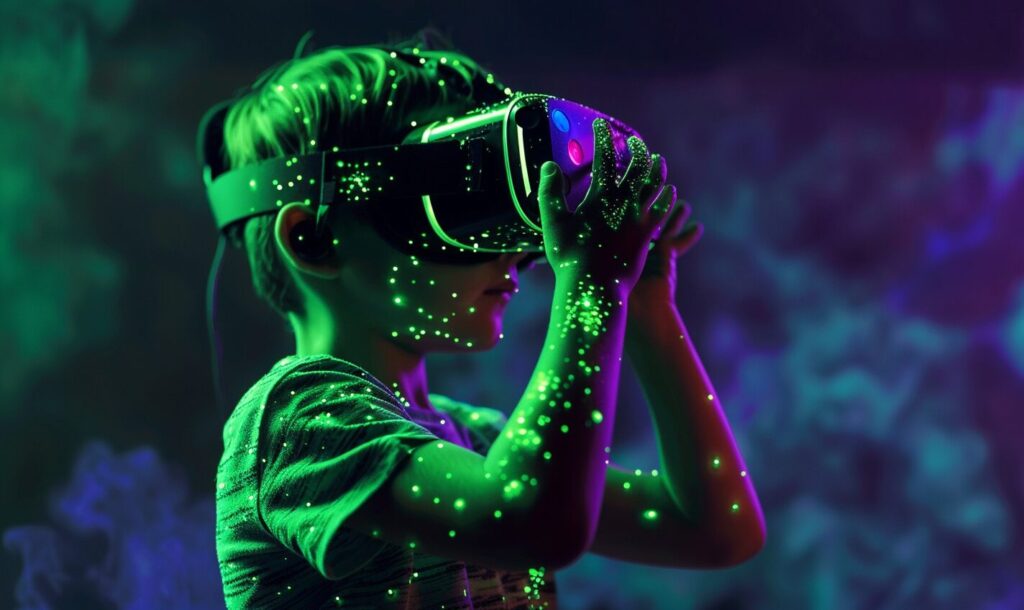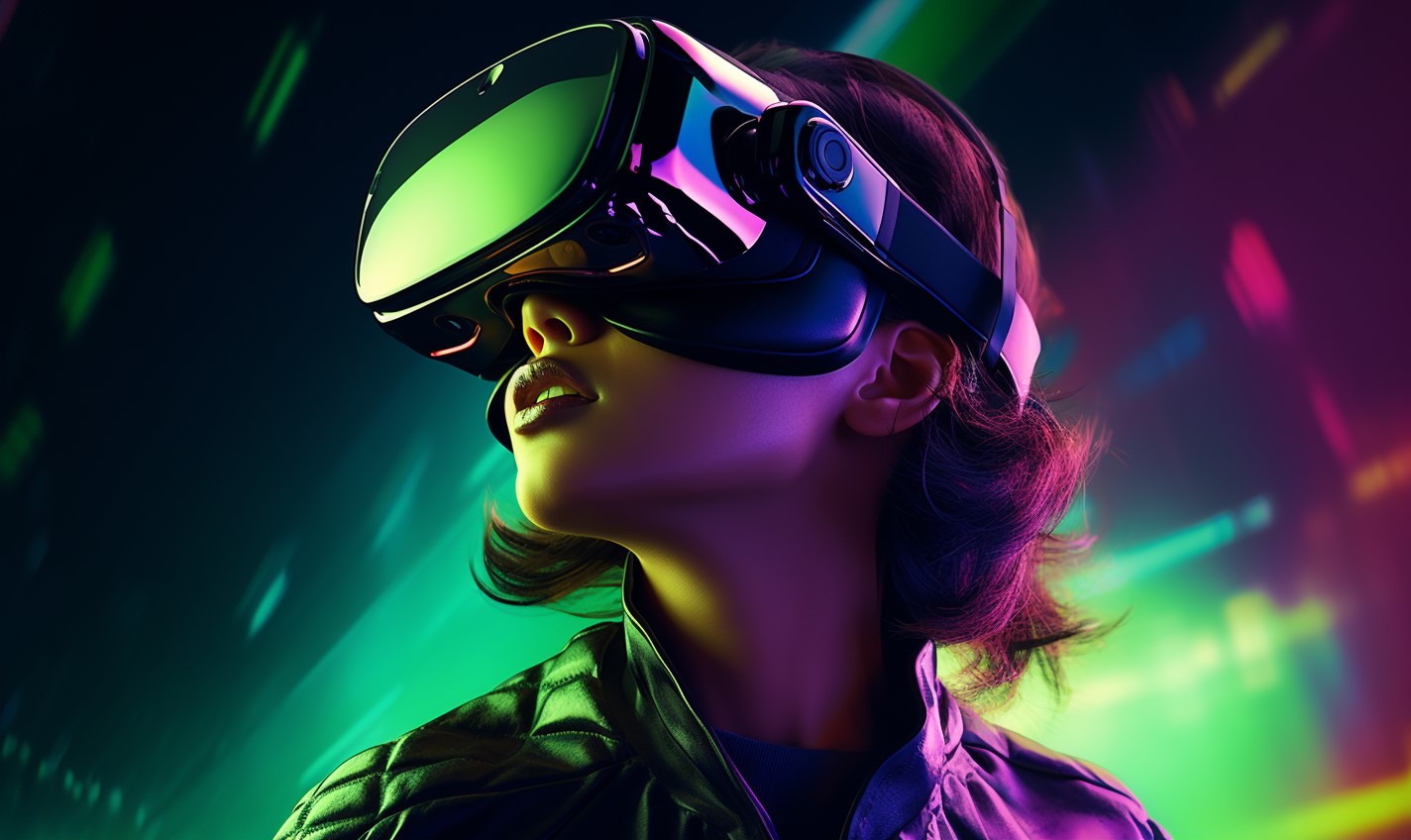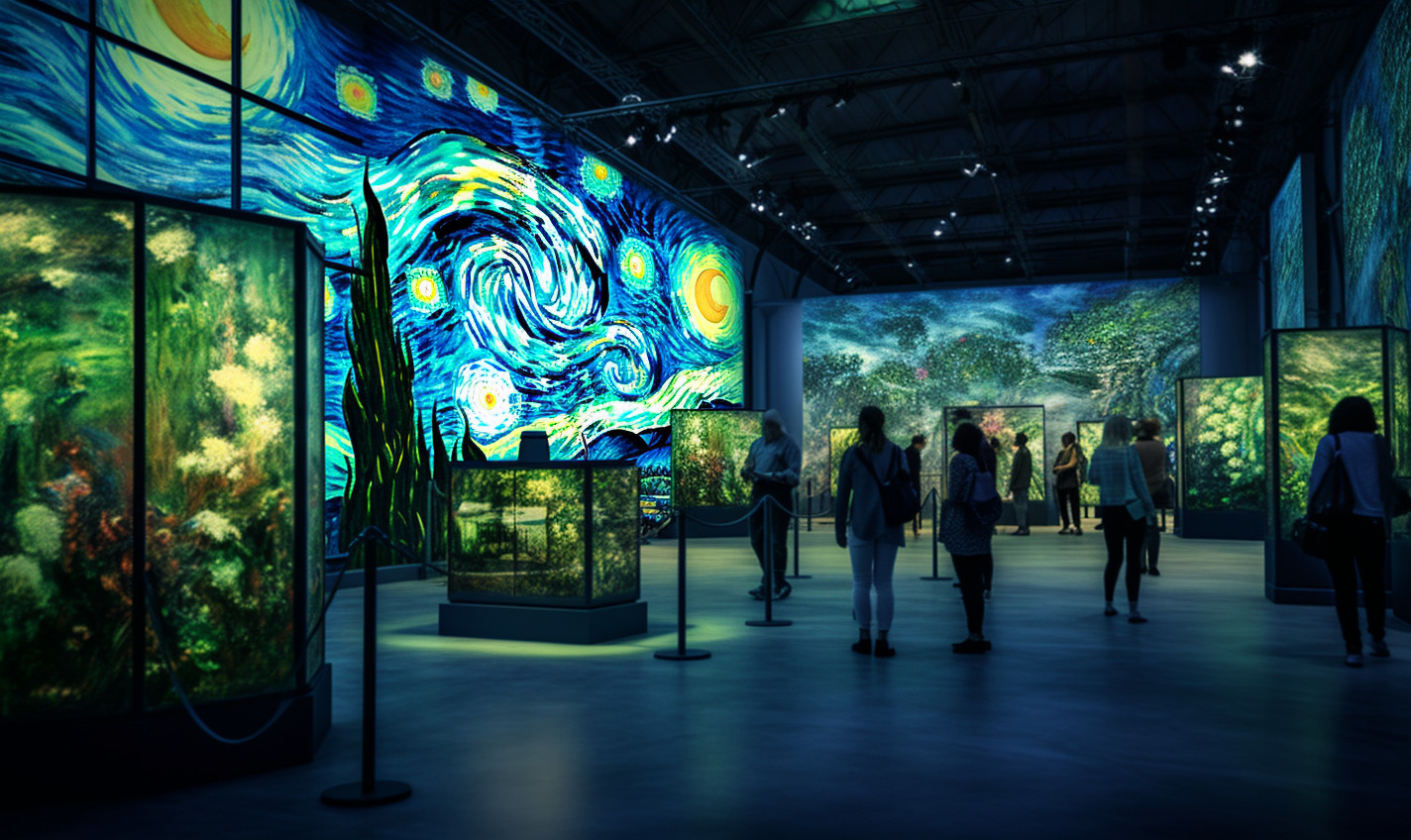Is VR better than AR? The two digital technologies are improving with every new hardware and software release. Let’s take a look at the multibillion-dollar industry and some of its real-world applications.
What is VR and AR?
Virtual reality (VR) is a computer-generated simulation of an alternate world. It can be accessed using special devices like VR goggles that show the wearer a completely imagined virtual world. Virtual reality uses high-tech gadgets like sensors, computers, headsets and controllers or gloves to process movement and create visuals for the player.
VR can create an immersive experience for the user with high programming, design and research levels. Software engineers, programmers and developers can recreate any time setting and historically accurate locations using VR technology. On the other hand, they can also create a unique fantasy world only accessible through movies, video games and books.
On the other hand, augmented reality (AR) superimposes digital elements into the real world. It allows users to interact with computer-generated images. Using mobile devices like phones and tablets, people can view real-world objects and locations enhanced with augmented reality.
According to a 2021 Insider Intelligence research, nearly 30% of Americans use AR monthly.
This opens a new world of possible uses for the technology in various industries. One of the most famous examples of AR technology is the mobile game Pokemon GO, where players can catch different Pokemon characters in various real-life locations.
AR also offers an immersive experience to users, allowing them to use simulations in real-life scenarios. Manufacturing giant Ikea uses AR to show customers how their furniture would look in their homes, complete with specific measurements according to the product specifications.
Where Are They Used?
Meta and Apple are two of the hottest VR and AR technology brands. Both companies continue to develop their VR headsets in a close race to gain a good position in the VR market. Meta leads the charge by launching the Meta Quest 3 ahead of Apple’s Vision Pro with provisions for mixed-reality simulation. The AR and VR market is expected to reach $294 billion by 2024, according to Statista. That’s roughly ten times its $30.7 billion market size in 2021.
Virtual and augmented reality are exciting technologies people should look into as they develop. They have so much potential to improve people’s quality of life. Here are some areas where VR and AR are making strides in:
Education
Aside from creating alternate worlds or realities, VR and AR can also improve school programs using immersive technology. VR and AR allow students to learn at a different pace while enabling them to visualize, experience and digest information differently.
Medical students can study human anatomy and physiology by using interactive VR and AR technology. They can see through a computer-generated image of the human body and interact with it like they would on a medical procedure like surgery. Educational institutions can leverage VR technology to encourage enrolment in STEM courses, nurture science-oriented professionals and fill much-needed careers in the future.
One notable example of VR use in higher education is the nine-module VR series developed by Arizona State University in partnership with VR company Dreamscape. It was a zoo simulation designed for biology lab students. The adoption of VR technology showed promising results, as 15% of students exposed to the new teaching methods earned higher grades than students who used the traditional curriculum.
ASU has since spread the adoption of VR technology in other branches, like its engineering school. ASU has also partnered with local community colleges to help spread the benefits of VR technology to students inside the classroom.
Marketing and Advertising
AR is widely used in marketing thanks to its more straightforward requirements and better accessibility. Almost everyone owns a smartphone nowadays. The marketing industry aims to leverage that to bring more interactive experiences to prospective buyers.
Location-specific ads allow marketers to display their products in unique and attention-grabbing ways. Pepsi used a similar tactic in its 2014 ad campaign. Using AR technology, the soda company showed passersby surrealistic and highly imaginative scenarios at a London bus stop. Scenes like UFO flybys, giant robots approaching from a distance and an escaped tiger walking down the street are just some examples of the scenes from the playful AR ad campaign.
As expected, people were surprised and some were caught off guard by the immersive experience. The ad created a buzz on the internet and reached over 8 million views on YouTube. The ad won 20 awards, including a Bronze Outdoor Lion — an award for creative outdoor ads — and increased Pepsi sales by 35% in the month it was released.
Burger King banked on the fact that almost everyone uses smartphones daily to pull off a quirky and creative ad campaign. Their Burn That Ad campaign encouraged new BK Express app users in Brazil to ‘burn’ their competitor’s print, billboard and coupon ads in the digital world. Customers who participated in the campaign were given free Whopper sandwich coupons as a reward.
The fast-food giant drew attention to their app and “Flame-grill” the competition with its witty mobile marketing. The 2019 augmented reality ad campaign resulted in a 54.1% increase in in-app purchases and 400,000 “burned” competitor ads. It was another example of successful disruptive advertising using AR technology.
Business
The education sector is just one of the early adopters of VR and AR technology. Businesses also continuously develop new ways to incorporate the technology into their processes. From manufacturing to sales, industries are finding new uses for the developing technology.
A joint project between community colleges is making headway in training skilled technicians using VR technology. The Somerset Community College partnered with Tennessee Tech University and Edmonds College in Lynnwood, Washington, to develop low-cost VR modules for technicians in advanced manufacturing.
The VR modules include blueprint reading, basic work area safety, geometric dimensioning and quality control. The project aims to expose students to immersive and interactive learning methods while keeping training tools affordable and accessible to schools and skilled individuals. The training modules also help bridge the skill gap in the advanced manufacturing industry and cater to growing demands.
Other business applications for VR and AR technology include the following:
- Custom VR environments using CAD drawings
- Detailed product showrooms
- Progress tracking of employees
- Recording trainee proficiency
- Material delivery consistency
- Remote assistance for site inspections
- Identification of correct parts and procedures in assembly lines
- Projection of finished goods in work sites
Is VR Better Than AR? Final Verdict
The answer is more complex than people think. It can be yes and no simultaneously. The answer depends on which industries you want to use the technology in. Regarding education, for example, both technologies have their merits and shortcomings.
AR is more accessible due to its lower hardware requirements but can offer limited teaching applications. On the other hand, VR is more immersive and interactive than AR but can be prohibitive for schools with smaller budgets.
One thing is sure: VR and AR will continue to develop and create better opportunities for many industries in the future. They will be necessary tools for educators, tradespeople, professionals, etc. The technology will continue to bleed into mainstream use and widespread adoption may be around the corner.
Recent Stories
Follow Us On
Get the latest tech stories and news in seconds!
Sign up for our newsletter below to receive updates about technology trends




